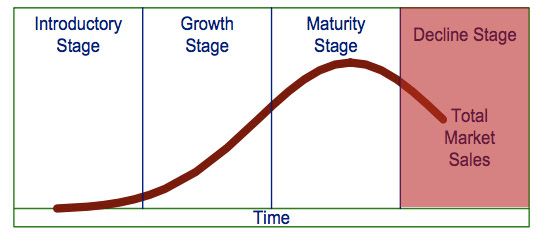
Product Life cycle is the study that monitor the performance of a product in all stages and recommends the necessary action to be taken for the Survival of the product. Product Life Cycle has six stages which I'm gonna discuss below.

Stages Of Product Life Cycle
1. Development/Idea Stage:
.jpeg)
In introducing a new product to the market, the idea of the product is conceived first, e.g we need to address properly the WH question; What to produce, When to produce, where to produce and Why to produce.
It's a comprehensive analysis which entails proper planning and mapping out of market strategies using various techniques necessary, e.g Feasibility studies, Brain Storming, Statistical Analysis and Research Methodology.
The outcome of the findings will suggest how the product survive with a good market share which will result to profitablity.
2. Growth Stage:
.jpeg)
After the product is launched into the market, a lot of advertisment and awareness has been created in favour of the product initially. Now, the product is known by the prospective buyers and the product is gradually gaining a market share. There is a considerable turnout and turn over for the product, the profit is growing and the market share is expanding ( the product is gaining popularity in the market).
The organization needs to do something in order to stabilize the product to the next level. These steps must be taken in order to do so:
- There is need to embark on aggressive sales pattern.
- There must be adequate promoting programme to stimulate buying and maintain existing customers, e.g. Through the use of coupon and sponsorship.
- There must be proper advertisement through the various media of communication e.g the mass media( Electronic Media, Print Media)
- There must be research programme on products and consume with the motive of improving the product and expanding the market share in order to maximize profits.
- There is need to properly work with lawers and adhere to the law in order not to contravene them so that the product will not have a bad image.
3. Peak Stage:

The product is said to have attained peak stage when the following features manifest:
- The product is very popular in the markyand enjoy high patronage.
- It's having the largest market share or one of the largest market share compared to it's contemporaries.
- There is high turn- over on profitability realized.
- The Product Is Fastly Expanding and penetrating different geographical areas and gaining market shares.
- The customer are committed to buying the product and encouraging prospective buyers.
- The organization must embark on fantastic advertisment using the mass media.
- There must adequate promotion programme e.g the use of coupon, sponsorship, charitable donations and community projects.
- There must be research aiming to improve the quality of the product in order to avoid competitors challenges.
- There must be improvement in branding a product, labelling and house style.
- There must be proper customer service activities e.g credit facilities, bulk buying, discount, trade discount, complaint management etc.
4. Maturity Stage:
.jpeg)
At this stage, the product is well known and have a good market share with large turn out and profit but challenges begin to surface against the product e.g pressure from competitors, new innovation to substitute product, inadequate advertisment or publicity etc.
- Competitors brand begin to pose a serious challenge for market share.
- There is little drop from the profit margin and product turn over.
- The Product seems to be boring to customers due to it's long existence as a leading product.
- The features observed during the peak stage are gradually diminishing.
- The product forcast for success seems to be failing slowly which when not reviewed may lead to further deteriorating stage.
- There is need for aggressive marketing and advertisement.
- Re-branding, packaging and labelling is needed to be improved in order to attract more prospect and customers.
- There is need for technical and managerial brainstorming and strategic planning to sustain and promote the product.
5. Decline Stage:

At this point, the product is characterized with low patronage, low turn over, low profit etc. This happens as a result of inability to sustain the product market share when it was in maturity stage. Potential buyers and customers are patronizing another product from competitors who offer a close substitute.
- There is need to research to discover the reasons for the product decline in the market.
- There is need to recycle and rebrand the product to attract the customers.
- The product quality must be enhanced and repositioned to gain a good market share in order to have a good turnover and profit margin.
- There is need for promotion and the use of coupon to encourage buyers.
- There is need to repackage and relabel the product to portray a good image in the market for product acceptance.
6. Death Stage:
.jpeg)
At this the product is completely down with clear evidence of the following features:
- No patronage for the product (zero turn over)
- No profit recorded but loses
- Complete loss of market share to competition
- Non existence of the product according to viability and performance.
- The Product image is not appreciated e.g poor quality, poor customer care, poor promotion etc.
- The product should go through a complete recycling procedure starting from the very first statge of product life cycle.

Conclusion
That concludes the topic of product life cycle, it's good for us to know which stage our businesses are in, in order to quickly overcome the challenges before it's too late. Thanks for reading...
.png)
Hello dear @ronindemperor
Your post has been manually upvoted by @judexex
You can use our tag #blurtainment to get your future posts seen
Vote our founder @nabeeel as your witness, link below
VOTE for Witness
REMEMBER TO GIVE US SOME DELEGATION AS WE ARE STRONGER TOGETHER, NO AMOUNT OF DELEGATION IS SMALL FOR US.**
Join us on WHATSAPP, TELEGRAM and [DISCORD](https://discord.gg/he6nHbMtpf